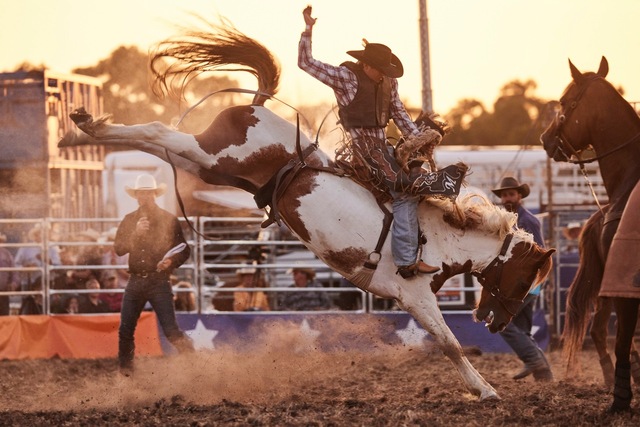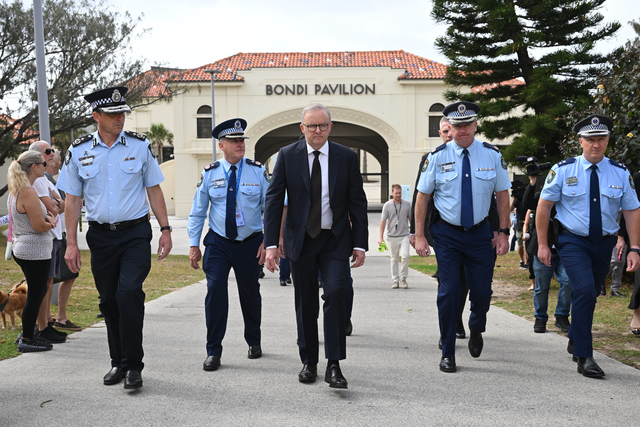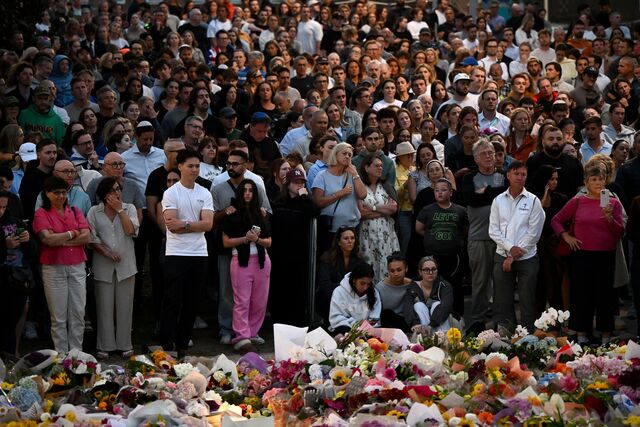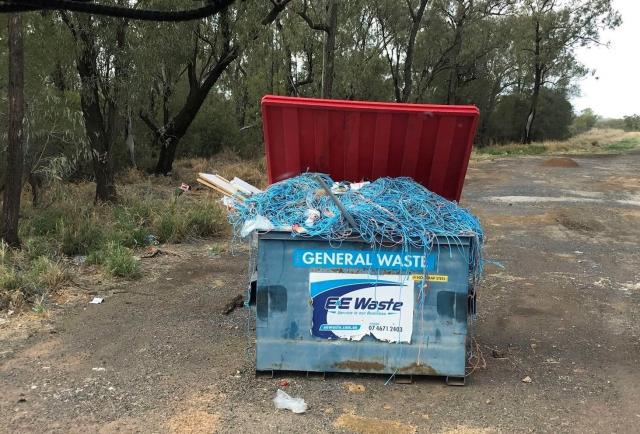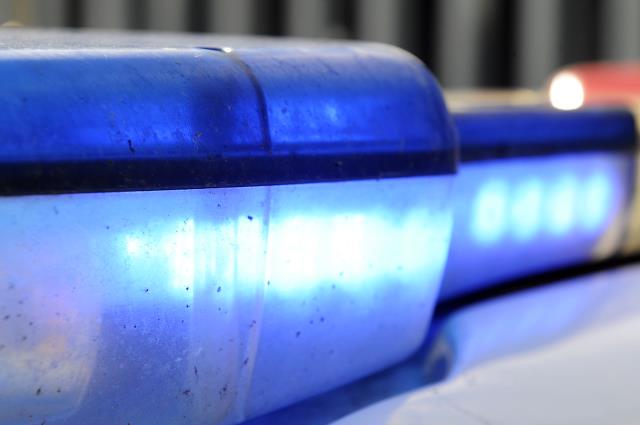A ballooning company has failed in its second attempt to strike out a claim put forward by two passengers who were seriously injured following a hot air balloon crash in the Yarra Valley.
Picture This Ballooning (Picture This) had a request to strike out proceedings in June this year rejected, and a review of that decision by County Court judge Julie Clayton supported that decision in October.
Elizabeth Wheeldon and Robert Fookes each brought separate proceedings against Picture This after the balloon they were riding in crashed between Glenburn and Yarra Glen on New Year’s Eve in 2021.
An investigation by the Australian Transport Safety Bureau completed in 2022 found that passengers on board the flight received an “incomplete” pre-flight safety briefing, likely resulting in the passengers adopting an incorrect deep squat brace position prior to the hard landing.
The finding also noted that the pilot was notified of the windy conditions and rejected a number of suitable landing fields to avoid issues with landowners or access issues to the site, rather than prioritising occupant safety.
The pilot had to manoeuvre the balloon to clear a fence before descending rapidly to avoid contact with nearby powerlines. The hard landing caused the basket onto its side and was dragged 30 to 40 metres, resulting in the two plaintiffs sustaining serious leg injuries, among the 16 passengers and pilot onboard.
The investigation found the maximum number of passengers the balloon operator allowed meant there was insufficient room for them to adopt the backwards-facing landing position specified in the operator’s procedures. In the wake of the incident, Picture This reduced the maximum number of passengers allowed on future flights.
Ms Wheeldon and Mr Fookes each sought damages, interest and costs in both proceedings as a result of their injuries.
Picture This sought for the proceedings to be dismissed and their costs paid by the plaintiffs in February this year, claiming that the plaintiffs relied on the federal Civil Aviation (Carriers’ Liability) Act 1959 (Cth) rather than the Victorian Civil Aviation (Carriers’ Liability) Act 1961 (Vic), which applied as the flight was an intrastate journey.
Both plaintiffs had filed a Writ and indorsement of claim on 10 November 2023, within the two-year limitation from the incident to start proceedings, with Statements of Claim filed later elaborating on the claim in further detail, as would be expected in a civil claim.
Judicial Registrar Belinda Bales found that central key facts were properly contained in the Indorsements and there is no requirement to expressly invoke either State or Commonwealth Act.
“Therefore, s34 is, in my view, satisfied, and the plaintiffs’ claims for damages under this part were filed within two years and therefore the right to damages is not extinguished,” the decision reads.
“The plaintiffs are not, in my view, seeking to raise a cause of action not included in the plaintiffs’ original Indorsements and I do not accept that the plaintiffs are seeking to introduce a new claim.”
In the latest proceeding, Picture This claimed that the plaintiffs’ indorsement did not disclose a cause of action as they failed to plead a number of facts, including that the flight took place wholly within the State of Victoria and whether the Commonwealth Act did not apply.
The plaintiffs claimed there was no error in referring to the Commonwealth Act because, pursuant to section 5 of the Victorian Act, section 28 of the Commonwealth Act applies and the indorsement did read that the flight took place between ‘Glenburn to Yarra Glen in the State of Victoria’ and the defendant knew Glenburn was in Victoria and could not sensibly have read it as being anywhere else.
Previous cases are cited in the decision as outlining that pleading the correct or even any legislation at all is required to bring a claim, and the indorsement only needs to be sufficient to invoke their rights under the Victorian Act and identify the nature of the claim, the cause of the claim and the remedy sought.
Judge Clayton’s decision agreed that the plaintiffs had established they were passengers of the balloon by saying they were onboard the aircraft, and did not accept that they failed to plead the flight took place wholly in Victoria.
“By identifying that the travel was wholly within Victoria, there is no need for the plaintiffs to have pleaded that the Carriers’ Act or the Warsaw Convention did not apply. The Victorian Act must apply,” it reads.
“I am satisfied in this case that the plaintiffs have sufficiently identified the “nature of the claim” brought, namely a claim for bodily injury, caused by a balloon accident.
“Given that the entitlement of a passenger on an aircraft within Australia to any damages is entirely governed by the legislative provisions of either the Carriers’ Act or the Victorian Act, and that it is only enlivened if bodily injury is sustained during an accident, the plaintiffs have sufficiently identified the nature of the claim and the cause thereof.”
The case will continue with Judge Clayton to hear the parties on an appropriate form of order.


